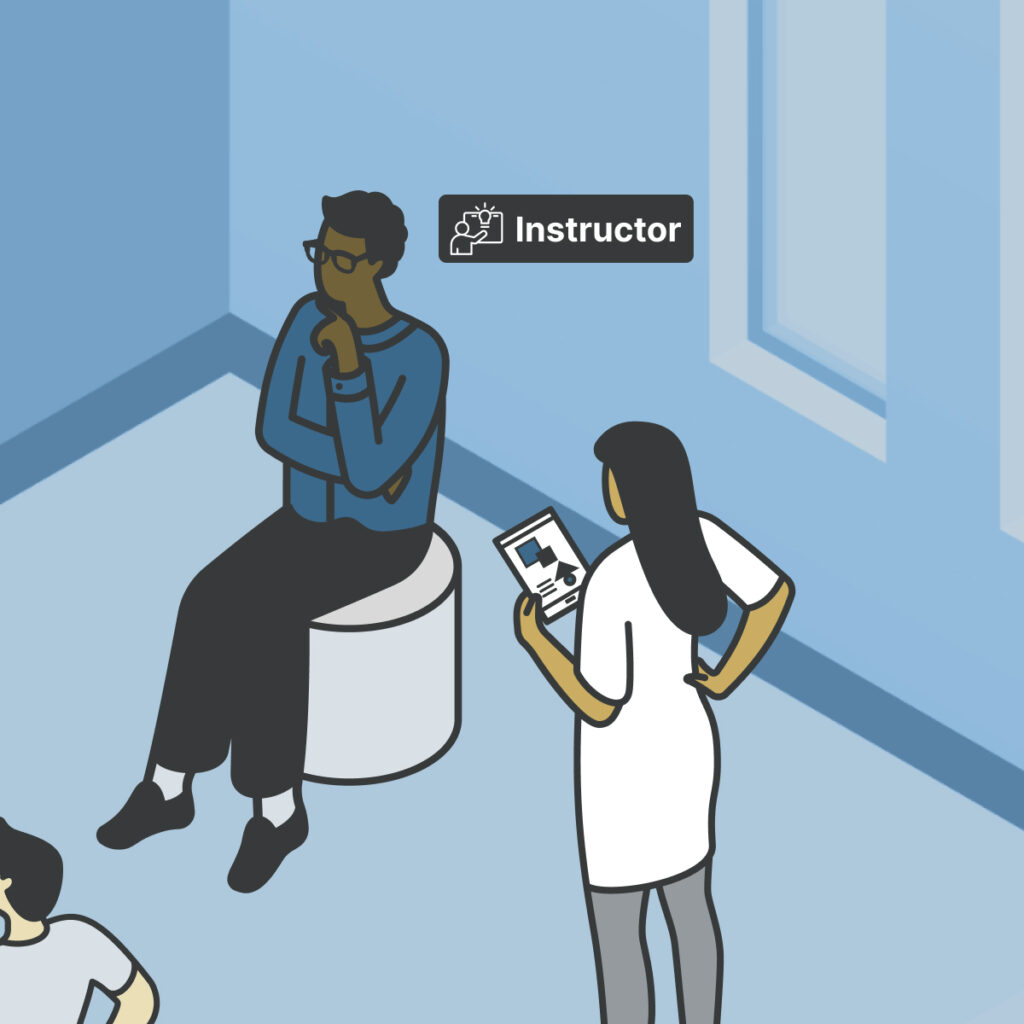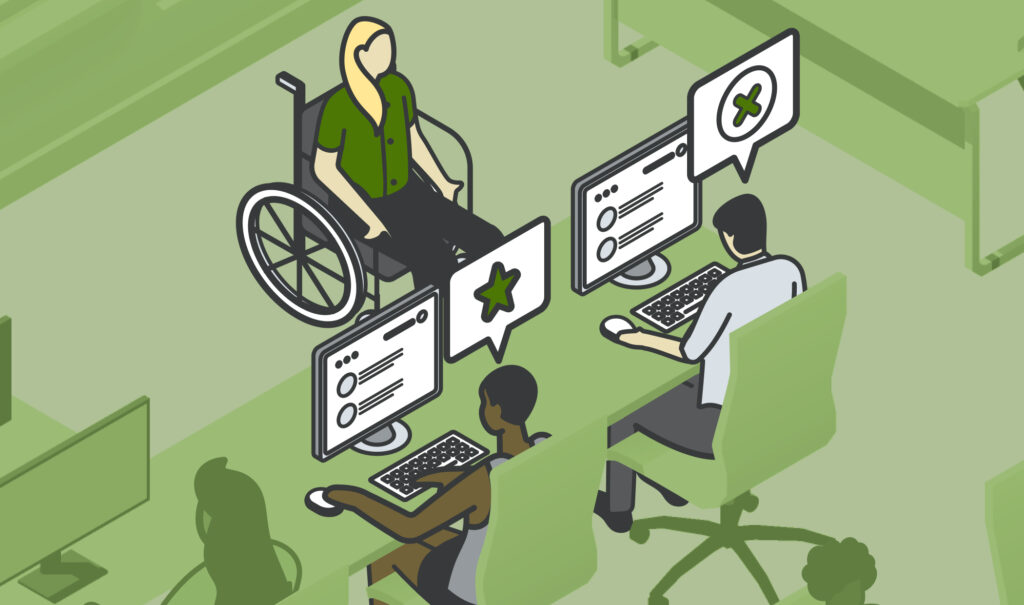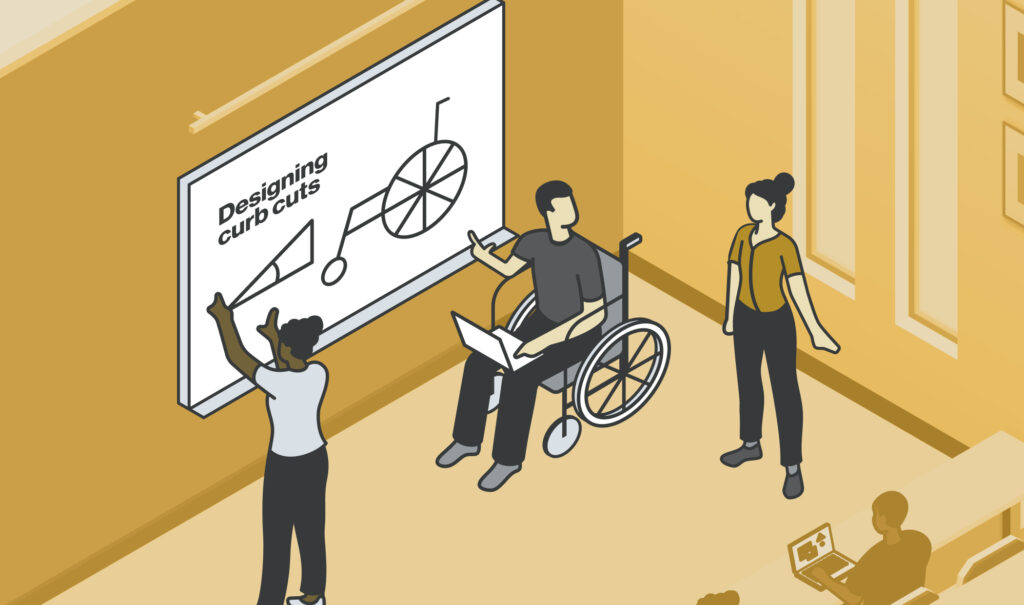Decrease professor lecture time and increase student participation in learning

Active learning practices engage students as co-participants in the learning process. Instead of only listening, reading, or watching to learn, students will move beyond receiving information in the classroom (e.g., lectures) to deeper and more engaged learning activities such as discussing, reflecting, questioning, applying, problem-solving, and creating.
Active learning helps students move beyond short-term recall and memorization of information to a deeper, longer-lasting understanding of concepts. Strategies to involve students in their learning process range from simple (e.g., an instructor setting aside time for a moment of reflection during instruction) to complex (e.g., an instructor planning and facilitating an experiential learning opportunity).
How Active Learning can be Digitally-Enabled
Digital tools can support more engaging student interactions with the course material, peers, and the instructor. While it is true that some digital tools are designed in a way that doesn’t support active learning, a variety of features and use cases supported by digital teaching and learning tools – such as multimedia content, virtual breakout rooms, live collaboration tools, gamified learning content and simulations – support instructors who want to create active learning opportunities for students not only within but also outside the physical classroom.
Key Dimensions of Active Learning
Students as co-participants
Students are actively engaged in the learning process, working alongside professors as active contributors rather than passive recipients of knowledge. Professors prompt students to participate in guided discussions, reflection, or hands-on application of knowledge. Professors encourage students to participate, question, discuss, and apply their understanding, which promotes deeper learning and transfer of learning.


Professor facilitated
Instructors are guiding and facilitating discussions, reflection, providing timely feedback, and creating a learning environment that encourages these elements. This allows the course to move away from lecture-heavy classes, and towards collaboration-based activities to reinforce learning.
Student engagement
Professors design instruction, assignments, and activities to motivate students to learn and to support student persistence and retention in the subject area. Professors using effective student engagement will motivate students not only extrinsically through external factors like grades, points, and badges, but also intrinsically through internal motivators like student interest, curiosity, enjoyment, and sense of accomplishment.

Instructional Examples
The Instructional Example Library features a wide range of digitally-enabled examples sourced directly from instructors who are using technology to implement evidence-based teaching practices in their courses. These examples focus primarily on math, chemistry, and statistics gateway courses, but are applicable across disciplines.
Have an Example of Your Own?
Help us build our Instructional Example Library! We are looking for contributions from higher education instructors across disciplines who use technology to enable evidence-based teaching practices. To learn more and to submit an example, please visit the form page linked below. Thank you for helping us support the field.

Join the Transform Learning Community of Practice
Join us this Fall for the Transform Learning Community of Practice, an 8-week learning community for Math faculty. Participants will engage in synchronous and asynchronous discussions on the eight digitally-enabled, evidence-based teaching practices, share insights and experiences, and learn from math faculty peers. Participants are eligible for a stipend upon completion of the community of practice.
Further Reading
- Rebecca Gavillet’s article “Experiential Learning and Its Impact on College Students” presents different types of experiential learning opportunities and offers theoretical frameworks for how these practices can benefit students.
- Student impact data associated with active learning practices is presented in “Embedded Questions and Targeted Feedback Transform Passive Educational Videos into Effective Active Learning Tools.”
- The journal article “Active Learning Increases Student Performance in Science, Engineering, and Mathematics” was one of the first to demonstrate the positive impact of active learning on student outcomes in STEM courses.






